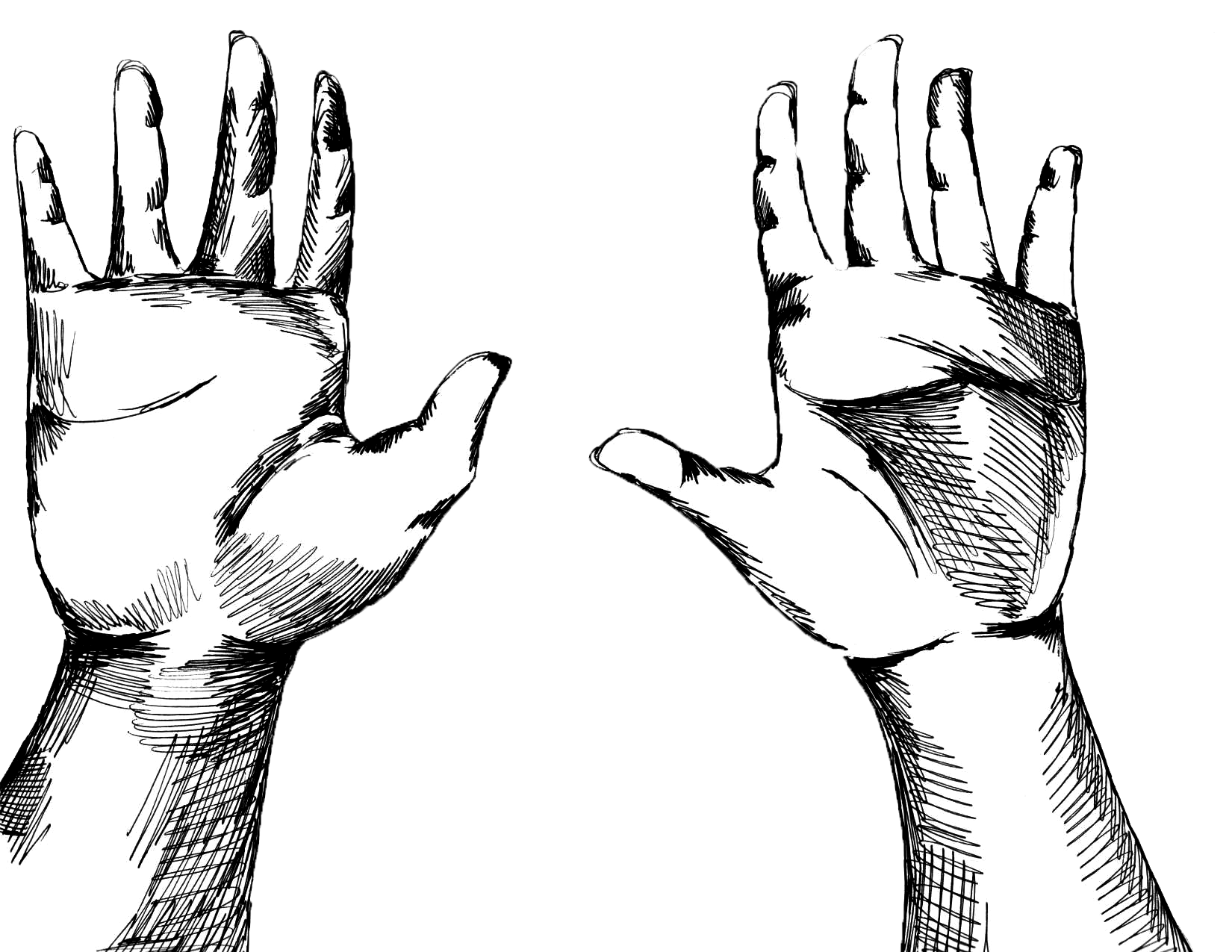

The chaos that followed the Ferguson shootings took the world by storm with the controversy it fueled. While the trial ended in a lack of indictment, the situation has sparked discussion in the Aragon community of issues ranging from police injustice to racial discrepancies.
While Ferguson’s details remain controversial, police injustice does not stand as a revolutionary concept. “Honestly, I think it’s something that different communities of color live with everyday, so it’s something that may be surprising to white people but aren’t surprising at all for people living in communities of color,” says Aragon history teacher, Heather Sadlon.
As the Bay Area maintains a relatively safe social environment, a Bay Area resident’s views on authority may differ from those of people in other parts of the country.
Aragon resource officer, Steve Bennett, says, “I’d say in the Bay Area and around the Peninsula specifically that students and young people have had positive experiences with police and other authority. Having an officer on campus is I think is helpful. I’ve had a lot of conversations, both one on one with students who are just curious and in the classroom setting about these very issues. So I think locally we’re in a better place than the rest of the country.”
Freshman Michael Herrera agrees, saying, “Overall, you don’t hear about these kind of things happening as much over here. Race of course is still an issue but not as much as I think in other parts of the country where it’s still very much polarized.”
Although those in the Peninsula may carry a more sheltered view of the police, injustice in the country is still a reality. Sophomore Shayan Vahabi has personal experience with racial profiling, although not by the police but rather the TSA.
“My family was taken to a different room, and we had to get patted down, and we had to go through a special machine as opposed to walking through. It’s not our first time; it happens a lot with everyone in our family,” he says.
While many continue to criticize authority figures, Sadlon says, “I think that the one particular thing we have to be really careful about is to blame all police officers as being these overtly aggressive characters that are out looking for problems that maybe aren’t there. Because they have a really dangerous job—I can’t imagine everyday going out for my job and fearing for my life in any kind of situation because you can’t judge people by the way they look.”
Herrera agrees. “I just feel like it’s something that kind of can be misinterpreted very easily whereas everyone gets up in arms about the injustice of the police and yes, that sometimes happens, but we tend to form an opinion quickly and not think that it’s a very stressful job,” he says. “I’m not saying that justifies it, but there’s also a lot of other things that people sometimes, maybe they even consider it, but they throw it away because they want to be so righteously indignant. I was righteously indignant, I had that opinion at first but then I realized, no, I’ve got to look at it from both sides.”
These situations breed uncertainty, making it increasingly hard to prove ulterior motives in these quick displays of violence. Coupled with the fact that such cases often aren’t able to be truly substantiated with hard evidence, solid cases are difficult to come across.
In the end, the consequences of the events have indicated that perspectives matter. Sadlon says, “I have to be really careful not to view justice in our country only through my own experiences and my own eyes because I think that it’s incredibly unfair for me to be able to say because the justice system seems to work for me, it works across the board for everyone in the same way, and the police view everyone the way they view me.”



